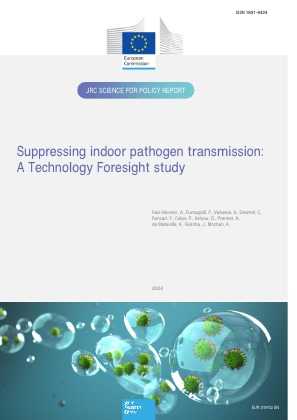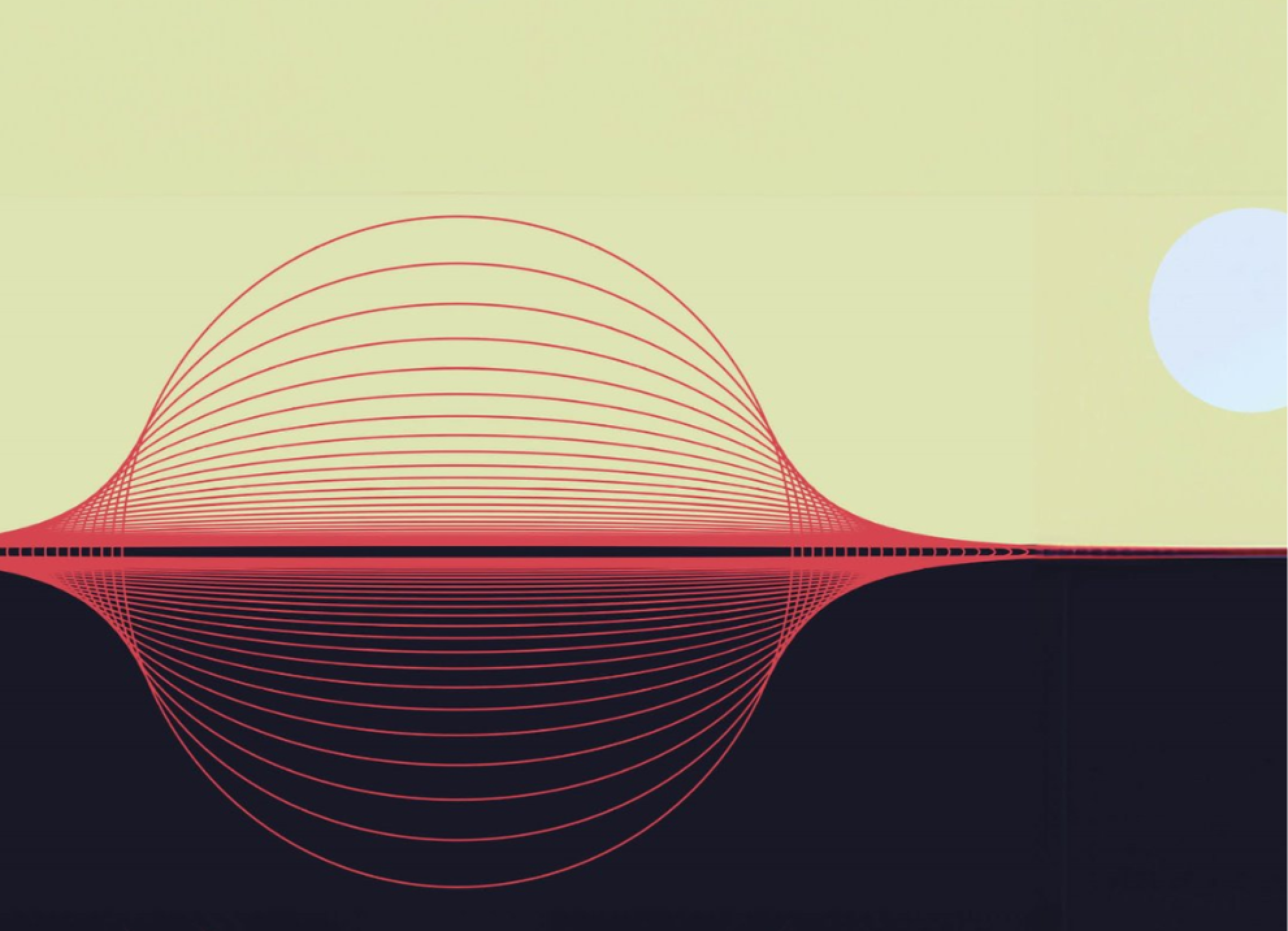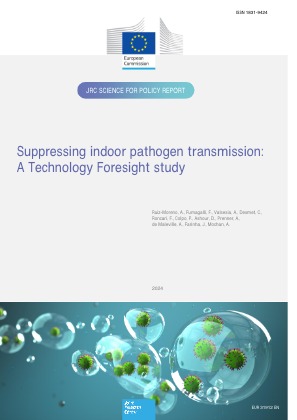Last Edited: 8 months ago
Emerging risks and opportunities for EU internal security stemming from new technologies
A technology foresight exercise to support EU policy development and Law Enforcement Agencies in the fields of Resilience of Critical Entities and Fighting Crime and Terr...
This report explores the transformative potential of Key Enabling Technologies in addressing
emerging security challenges within the European Union. By conducting foresight analysis, the report
evaluates technologies such as artificial intelligence, advanced sensing, blockchain, and drones,
highlighting their ability to enhance law enforcement and critical infrastructure resilience, and fighting
crime and terrorism, while exposing vulnerabilities, such as misuse by criminal actors or regulatory
gaps.
The findings emphasise the need for proactive EU policies to both support technology transformation
and mitigate risks, including strategic investments in secure innovation, legal harmonisation, and
addressing societal resilience. This report aligns with the Commission’s 2024–2029 priorities,
supporting a prosperous, secure, and resilient Europe through actionable insights into emerging
security challenges. The recommendations aim to foster effective public-private collaborations,
ensure regulatory coherence across Member States, and promote technological solutions that balance
security needs with ethical and societal values, reinforcing the EU’s position as a leader in sustainable,
innovation-driven policy-making in internal security.
Posted on: 11/03/2025




